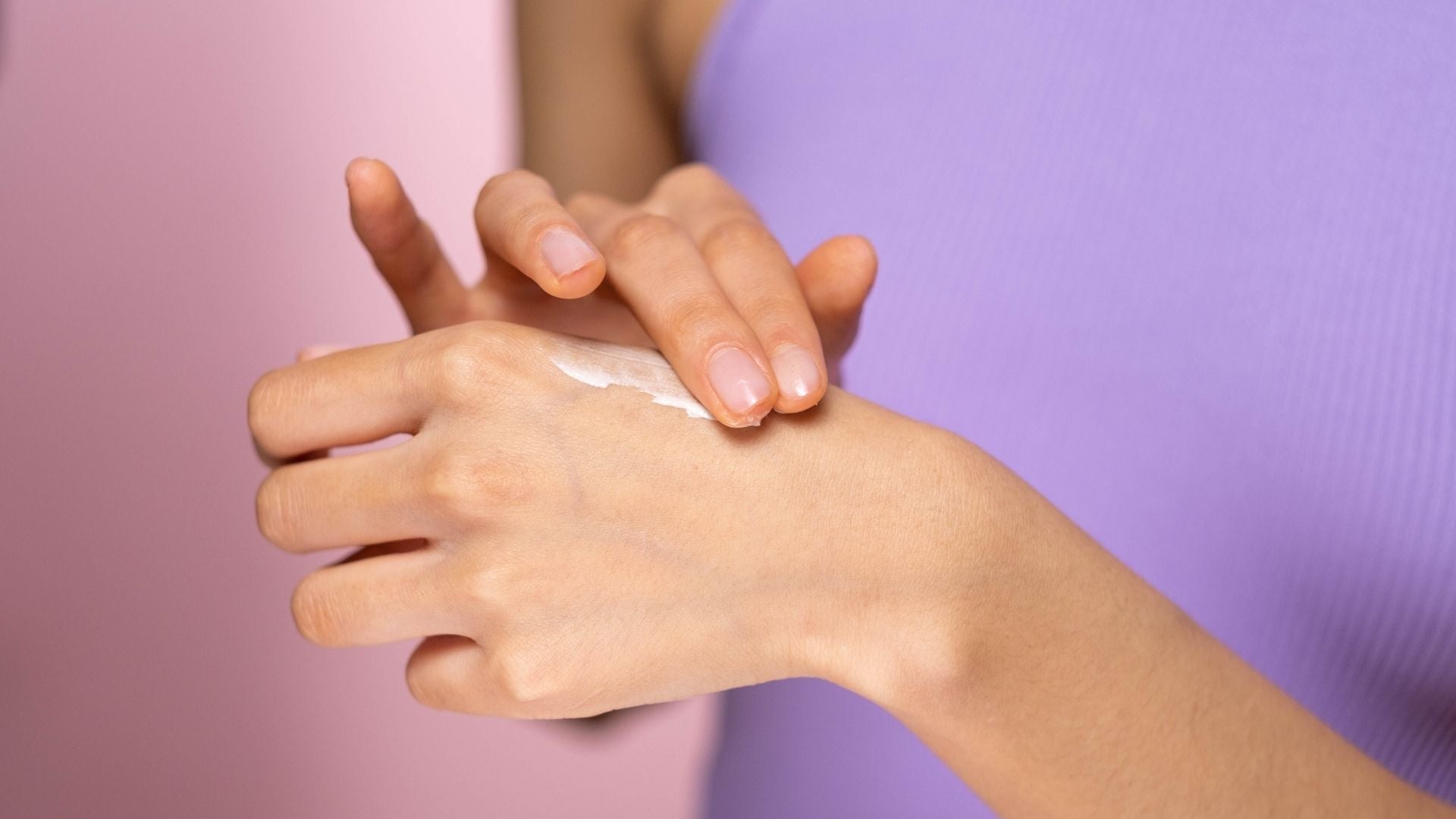
Did you know that you can damage your skin by wearing the wrong sunscreen?
Even though the sunscreen you use might prevent UV damage, it may have harmful side effects on your health. It's essential that you know about the most toxic kinds of sunscreens and what types of ingredients to avoid.
Once you know, you can make informed decisions about who you buy from and why.
Why Sunscreens Need To Be Safe
Sunscreen is the key to having healthy, glowing, damage-free skin, and should be as important and integral to your daily routine as brushing your teeth. Because it is recommended to be applied to your face and body (or any part of your skin that is exposure to the sun) every day no matter the weather, it needs to be made up of ingredients that are safe.
Most sunscreens, however, are made up of chemicals. According to the EWG, the companies that make and sell sunscreen products should test them thoroughly for potential short-term and long-term health effects. This includes toxicity testing for irritation and skin allergies, as well as testing for skin absorption and the potential to cause cancer, disrupt the hormone system and cause harm during reproduction and development.
As this isn't always the case, and there are different rules and restrictions in different countries, it helps to arm yourself with the right knowledge and keep a look out for toxic ingredients.
Seven Sunscreen Ingredients to Avoid
The unfortunate truth is that most sunscreens use one or more of the following ingredients. Even though many of these ingredients are harmful to humans, many countries still allow companies to use them in their products. Because they're legal, it's vital to inform yourself before buying sunscreen.
1. Benzophenone-3, Also Known as Oxybenzone
Even though most governments approve sunscreens that contain oxybenzone, it is one of many harmful sunscreen ingredients. It's a popular sunscreen ingredient because it's effective at reducing UV exposure.
If you get oxybenzone in your eye, it will irritate you. It can also be hazardous if you apply too much to the skin. According to scientific studies, about 97% of people have oxybenzone lingering long-term in their bodies.
Unfortunately, this ingredient also directly causes coral bleaching. Because it damages coral, it is one of many harmful sunscreen ingredients that you should do your best to avoid.
2. Octocrylene
Octocrylene is known to cause allergic reactions to those who apply it to their skin. It also causes harm to coral reefs and organisms in the water. The Australian government has recently banned the substance.
3. 4-Methylbenzylidene Camphor
This chemical sunscreen agent offers protection in UV ranges between 290 and 320 nm. This powder is oil-soluble, and it slowly loses its effectiveness after about an hour of applying it to your skin.
There are several studies suggesting that Methylbenzylidene Camphor has estrogenic activity. The EU and Australian governments have approved it for human use, but not the USA or Japan.
4. Octinoxate
This organic UV filter quickly absorbs into the skin and continues to absorb after people application. Several scientific studies found it in humans' blood at levels far above what is deemed safe.
Animal studies show that the chemical affects hormones in the metabolic system. It also impacted the thyroid hormone production of animals.
5. Para-aminobenzoic acid (PABA)
This acid commonly occurs in folic acid and some foods such as grains, eggs, milk, and meat. Humans use it to treat arthritis in women, lupus, and headaches.
It is a common ingredient in sunscreen for its UV blocking qualities but it is not reef safe.
6. Parabens
Parabens are common ingredients in various kinds of cosmetics. Companies add parabens to prevent the growth of bacteria and mould. Parabens include chemicals like propylparaben, benzylparaben, methylparaben and butylparaben.
It has been said that they can cause hormone disruption, induce allergic reactions and interfere with reproductive and developmental health.
7. Triclosan
Companies commonly add triclosan to their cosmetics to keep bacteria from growing. Many studies link exposure to high amounts of triclosan to decreased levels of thyroid hormones.
They are also known as the leading cause of antibiotic resistant infections, according to America's Food and Drug Administration.
How to Find Great Alternative Sunscreens
The most important thing to look for in alternative sunscreens is that they have SPF ratings that use physical UVA and UVB filters instead of chemical ones.
You can quickly figure out what kinds of filters a sunscreen uses by flipping over the container to read the ingredients listed on the label. The most common physical UVA and UVB filters are zinc oxide and titanium dioxide. These ingredients work by creating a physical block from the sun so that it can't reach your skin.
Most sunscreens have ingredients to avoid that are bad for the oceans and bad for your body. That's where People4Ocean comes in. Our products help to nourish and protect your skin and the environment. Browse our full collection of reef-safe products today!


Comments (0)
Back to Blog